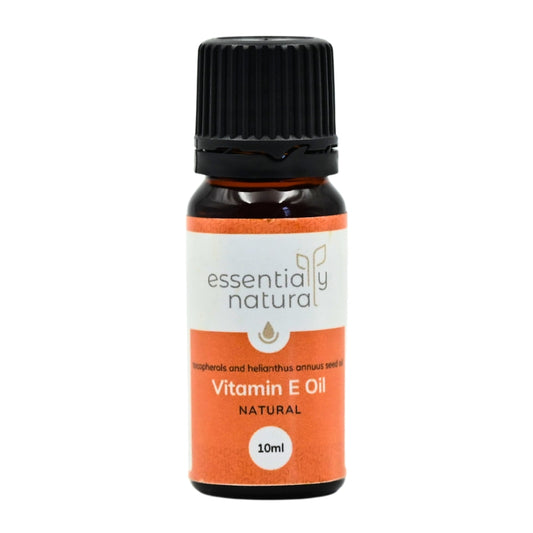
Formulating With Squalane
Juliette van der MeerYou may have seen squalane listed as a star ingredient in some skincare products, or being highlighted in magazines or blogs. But what on earth is it?
What is Squalane?
Squalane is an interesting ingredient. While it has characteristics of a carrier oil, and is produced from plants, it is actually a hydrocarbon (other commonly known hydrocarbons include petroleum jelly and mineral oil). So it has all the wonderful occlusive and protective benefits that have made petroleum derivatives a staple in modern skincare, but it is from plant sources and not petroleum sources which makes it more likeable!
What are the characteristics of Squalane?
Squalane is a modified form of squalene, which makes up about 13% of our skin's surface lipids (sebum). It is thus a bio-identical oil that our skin recognises as close to its own, and therefore absorbs well. It is also unlikely to ever trigger an allergic reaction in the skin so it is perfect for every skin type. How cool is that!
Squalane is excellent for dry skin, and is a lovely lightweight emollient. It helps prevent transepidermal water loss (TEWL), and provides a thin protective film over the skin without feeling greasy.
It is very stable and has a long shelf life.
Squalane is a natural antioxidant and is good at reducing oxidative damage to the skin.
Now that we know what all the fuss is about, let's learn how to work with squalane.
Squalane Solubility
Squalane is oil soluble and will readily mix with other oils and oil based ingredients. If you would like to use it with water based ingredients you will require an emulsifier to unify them all together and prevent separation.
Squalane Usage
Squalane can be used directly on the skin undiluted. Or you could add a few drops into your moisturiser for greater benefits. You can also blend it with other oils and actives, or use it in your formulations. It goes into the oil phase of a formula.
It doesn't have a specific usage rate, but if used in the oil phase then you would replace or partially replace the normal oil amount with squalane. So as an example, the usage rate could be from 3-20% in an emulsion.
Other Ingredients That Work Well With Squalane
Squalane works well with all ingredients. It is non reactive and stable, so you won't have any formulation clashes with other ingredients.
It can work particularly well with other antioxidants. Think of Vitamin C and Vitamin E, and other oils and actives that are rich in antioxidants.
Because squalane is so stable it can actually help stabilise other ingredients. Combine it with retinoids or Vitamin C to help stabilise them in the formula.
Combine it with other great emollients like jojoba oil or shea butter for maximum effect.
Marula oil is also a great combination as it has similar properties to squalane: rich in antioxidants, easily absorbed and non greasy, and has a long shelf life. In addition it is packed with Omegas which are great for the skin.
Types Of Products That Use Squalane
Squalane can be used in any product that has an oil component. It works beautifully in moisturisers and serums, but you could also use it in a rinse off product such as a face wash. However for best results it should be used in leave on products.

































